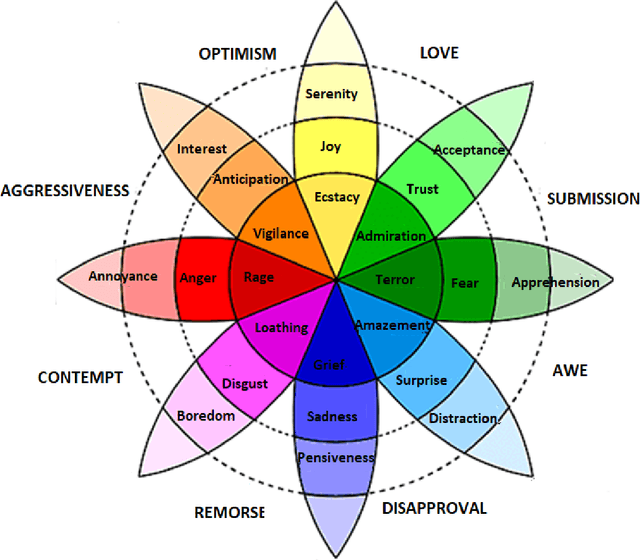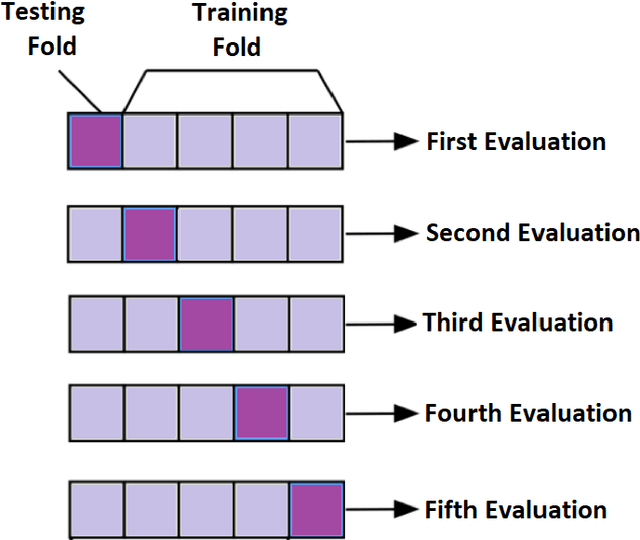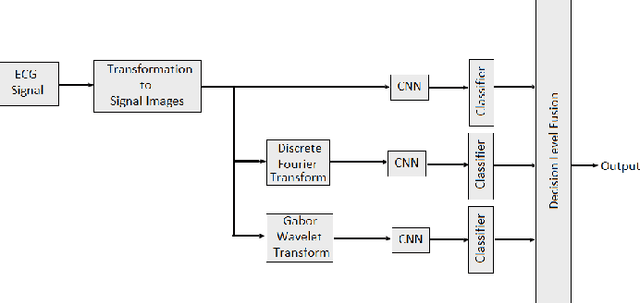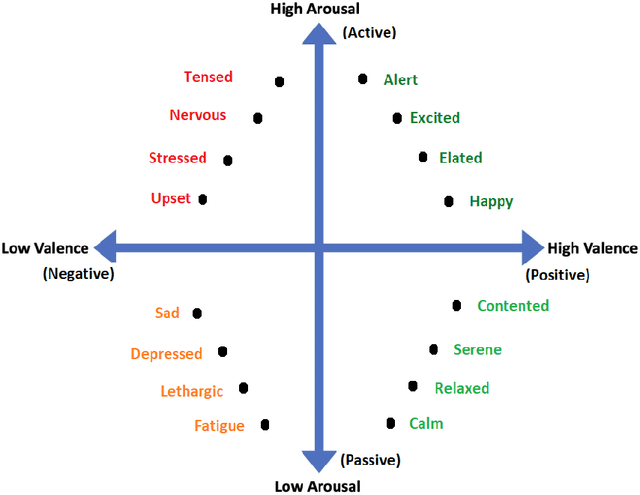A Survey on Physiological Signal Based Emotion Recognition
Paper and Code
May 20, 2022



Physiological Signals are the most reliable form of signals for emotion recognition, as they cannot be controlled deliberately by the subject. Existing review papers on emotion recognition based on physiological signals surveyed only the regular steps involved in the workflow of emotion recognition such as preprocessing, feature extraction, and classification. While these are important steps, such steps are required for any signal processing application. Emotion recognition poses its own set of challenges that are very important to address for a robust system. Thus, to bridge the gap in the existing literature, in this paper, we review the effect of inter-subject data variance on emotion recognition, important data annotation techniques for emotion recognition and their comparison, data preprocessing techniques for each physiological signal, data splitting techniques for improving the generalization of emotion recognition models and different multimodal fusion techniques and their comparison. Finally we discuss key challenges and future directions in this field.
 Add to Chrome
Add to Chrome Add to Firefox
Add to Firefox Add to Edge
Add to Edge